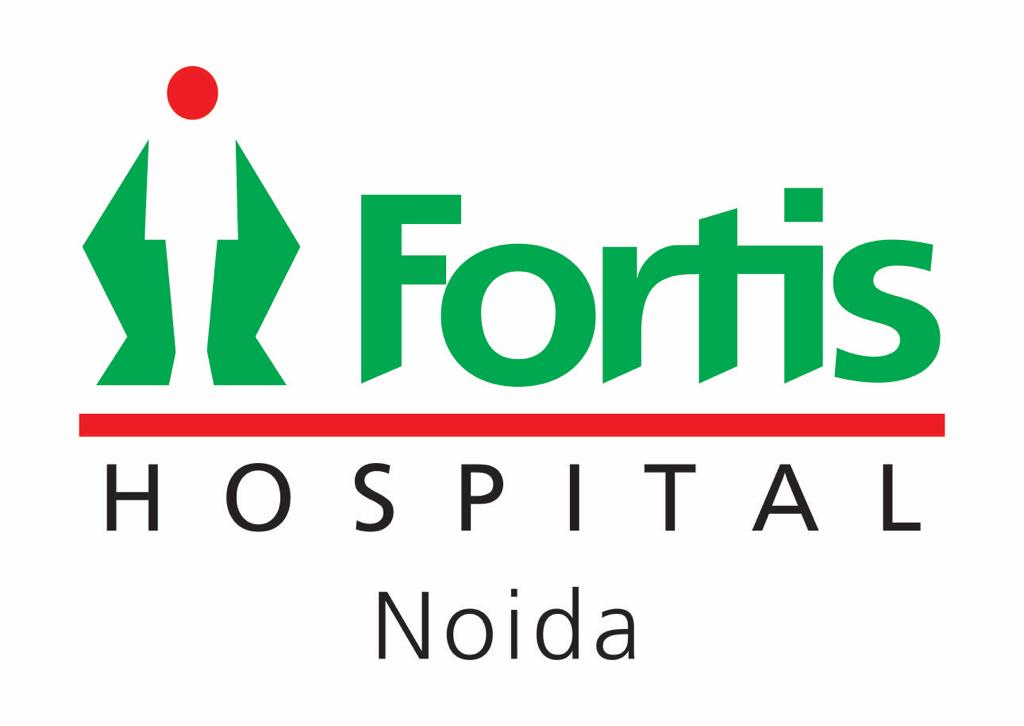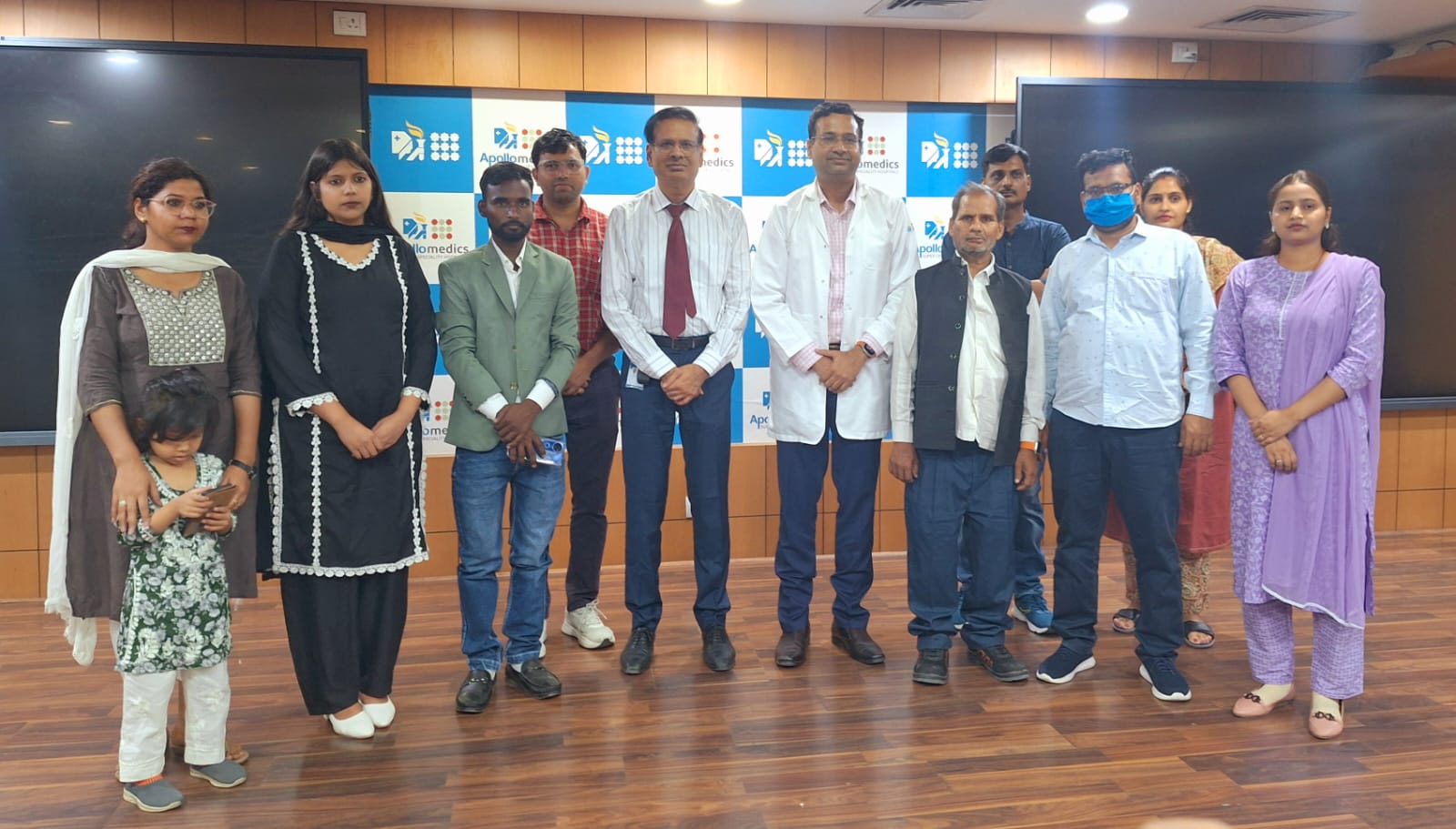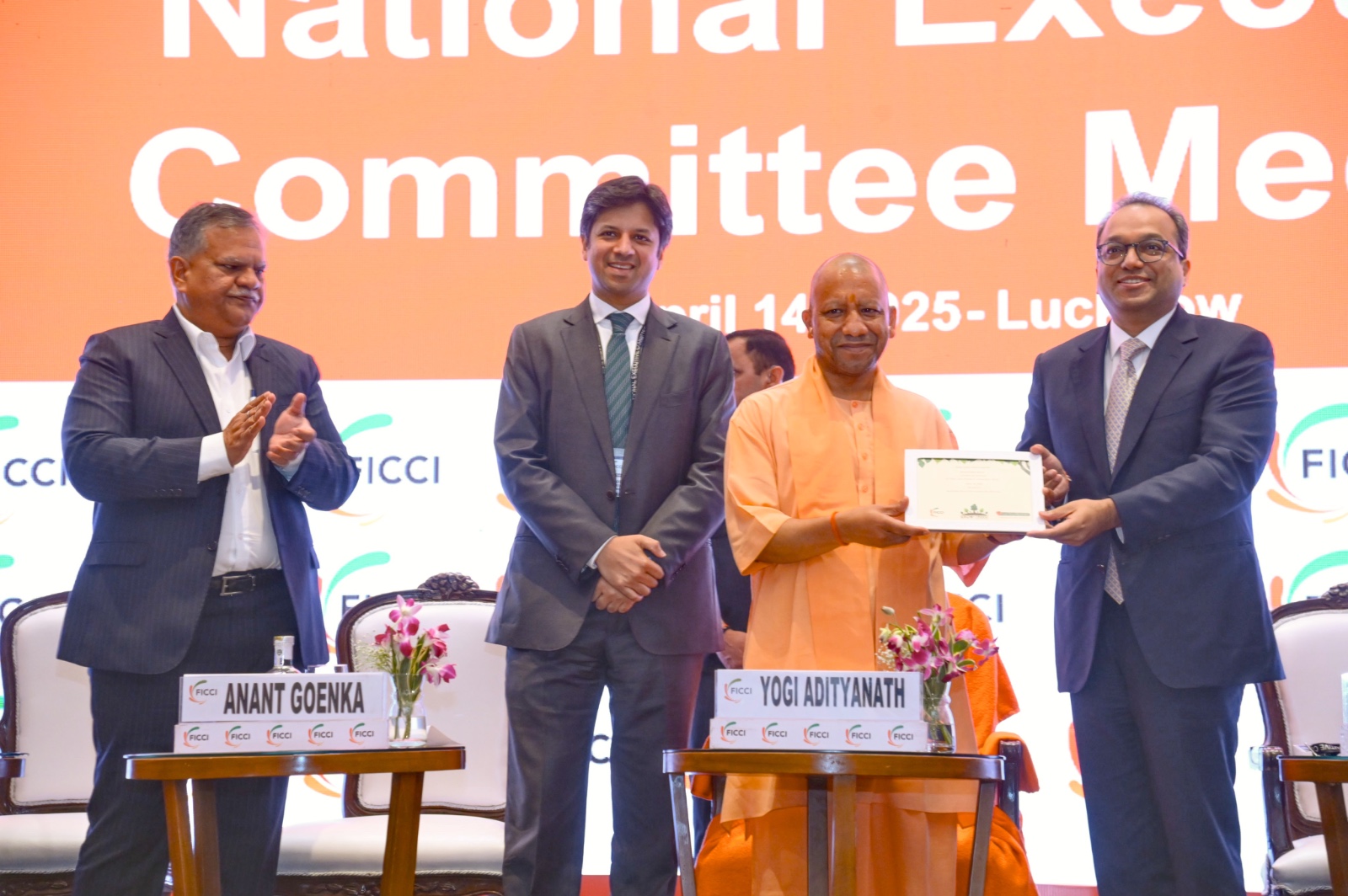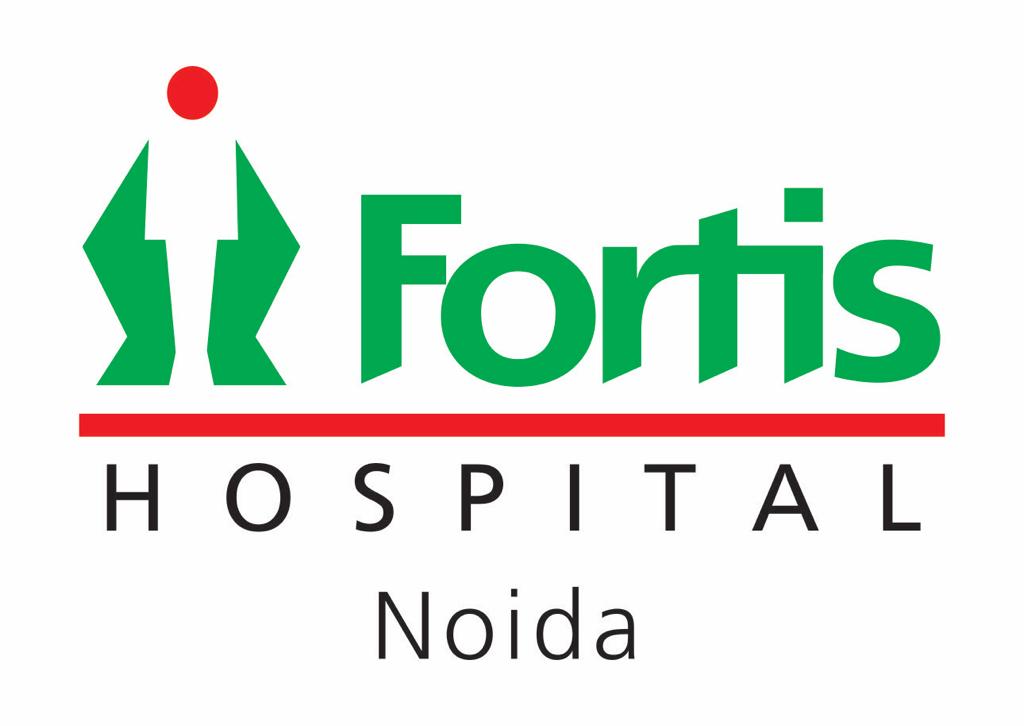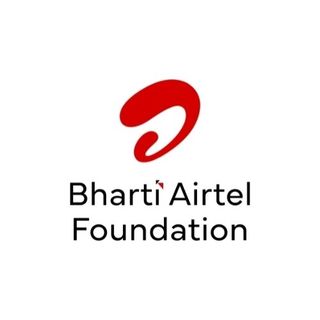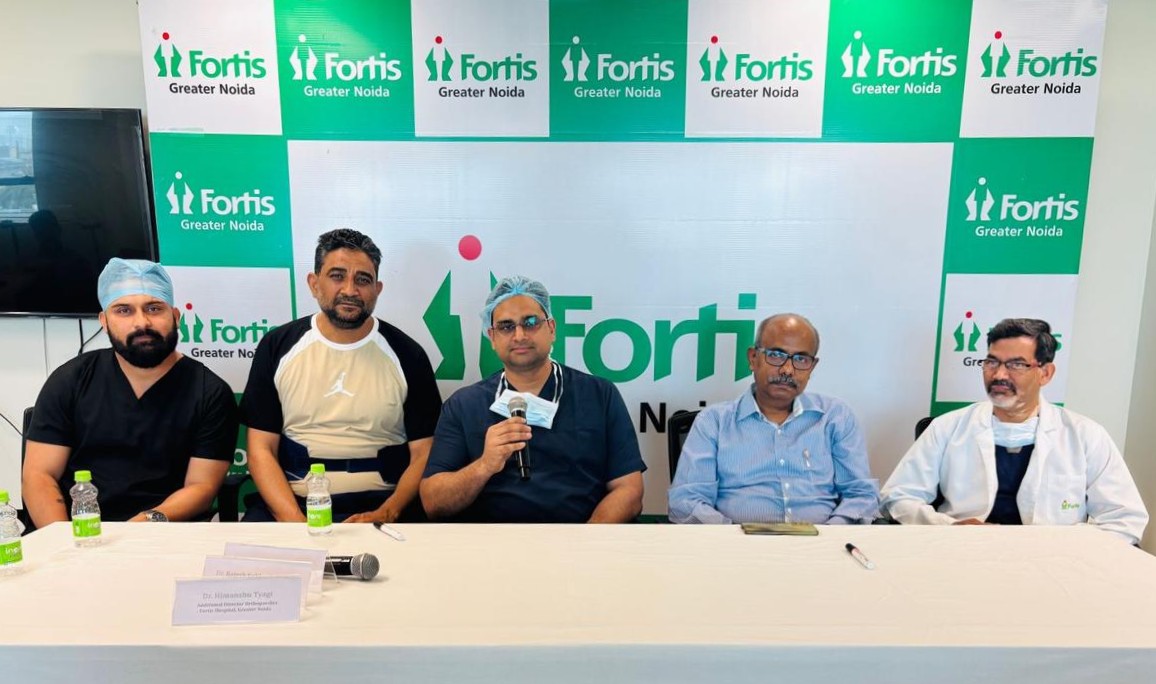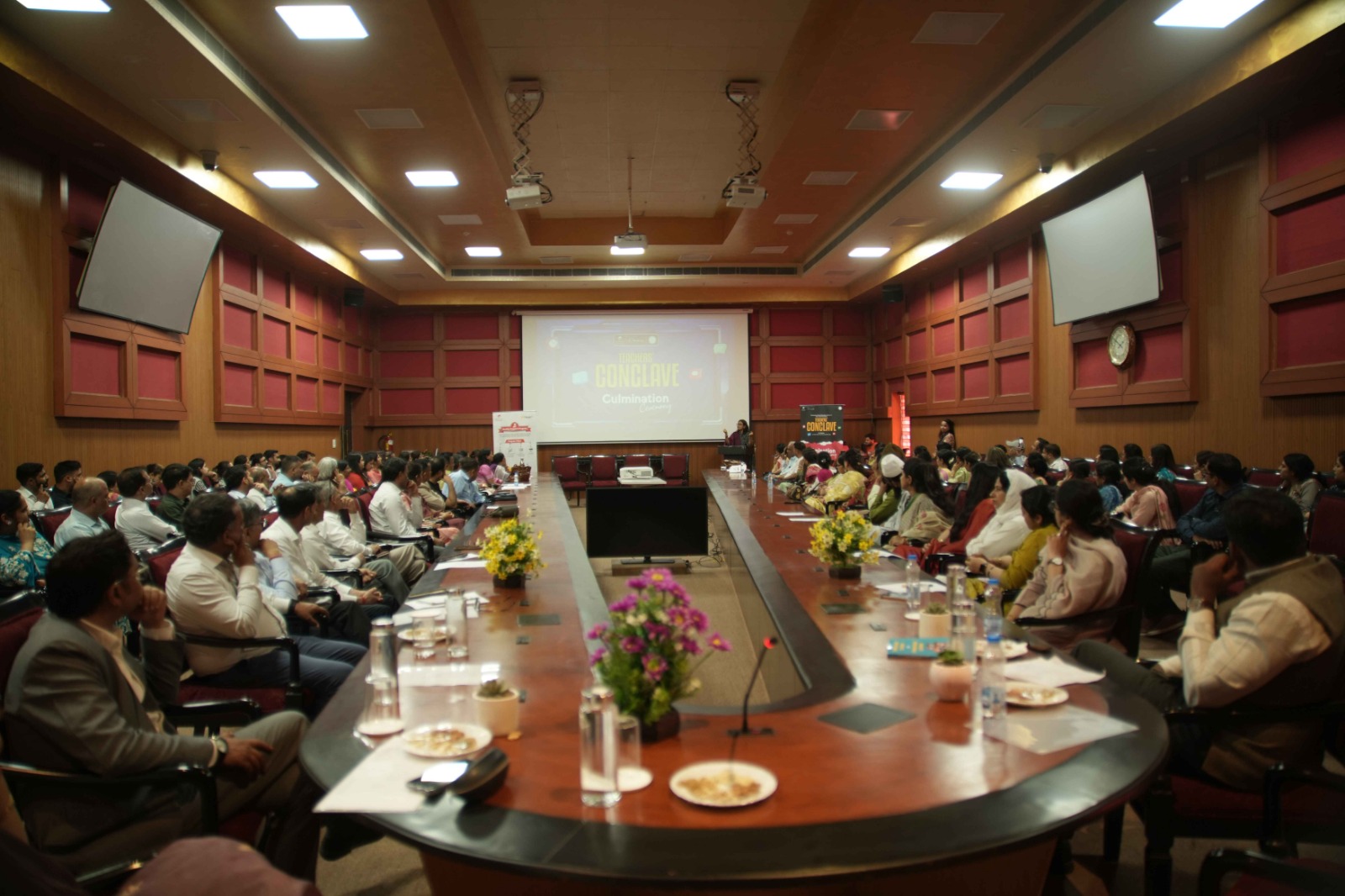A 32-year-old USA based patient gets treated for complex fibroids via Robotic assisted myomectomy at Fortis Noida; the patient had travelled all the way from USA to India for the surgery
Noida : Showcasing its medical precision and state-of-the-art technology, Fortis Noida conducted a successful robotic-assisted myomectomy on a 32-year-old patient living in the United States of America. The patient has been married for four years; she has sought medical attention due to heavy and painful menstrual periods and her inability to conceive. An ultrasound examination conducted earlier in the USA revealed the presence of two large fibroids within her uterine muscle. One fibroid measured approximately 5 cms, while the other was about 10 cms in size. The larger fibroid exerted pressure on her uterine lining and cavity, causing her distressing symptoms and infertility issues
.
For a 32-year-old woman residing in the USA, the fibroids became a source of great distress and frustration and her condition deteriorated with each passing day. The patient's grave condition necessitated the removal of these fibroids to alleviate her symptoms and enhance her chances of conceiving. However, she faced numerous challenges in obtaining timely surgical intervention in the USA. Not only were the waiting times for surgery unreasonably long, but the associated costs were also exorbitant. This led her to explore alternative options. The patient flew to India and consulted the doctors at Fortis Hospital, Noida. Upon evaluating the patient, the doctors advised a robotic-assisted myomectomy for the removal of the fibroids.
Robot-Assisted Myomectomy helps the surgeon put tools and a tiny camera through small incisions on the lower belly. This gives the surgeon a better view of the area which moves the tools using a robotic controller. The advanced dexterity of the robotic arms allowing meticulous fibroid removal while preserving the integrity of the uterus. The use of robotic technology decreases postoperative pain, ensuring a more comfortable healing process. It also offers several advantages over traditional open surgery, including smaller incisions, reduced blood loss, faster recovery times, and minimal scarring. The surgery was planned in the post-menstrual phase of the patient to avoid increased bleeding. We had a complete advantage of all the benefits of robotic assistance in terms of precision of surgery and decreased blood loss, shortened hospital stay. The patient did not require any blood transfusions during or after surgery. Her post-op recovery was stable in terms of early mobilization. It was so satisfying to see her smiling on the evening of the day of surgery. Robotic surgery also gave her the advantage of excellent healing of the keyhole incisions of about 5 to 6 mm, with minimum scarring, and cosmetically a beautiful incision line," said Dr. Anjana Singh, Director & HOD, Obstetrics and Gynaecology at Fortis Hospital Noida.
The patient was under the follow-up of the doctors for over three weeks after the surgery, after which she flew back to the USA in the last week of December. The doctors also said that any delay in surgery would have caused the fibroid to grow, worsening her symptoms and requiring a more complicated surgery thereafter.
“The benefits of this cutting-edge procedure were manifold. Firstly, the patient experienced a significant reduction in her heavy and painful menstrual periods, leading to a substantial improvement in her quality of life. Additionally, the removal of the fibroids eliminated the pressure on her uterine lining and cavity, increasing her chances of conceiving naturally. The reduced recovery time meant that she could resume her daily activities relatively quickly, added Dr. Anjana Singh.

